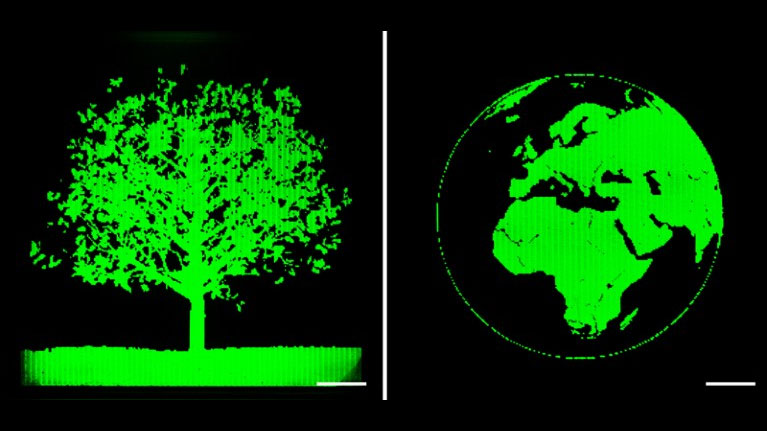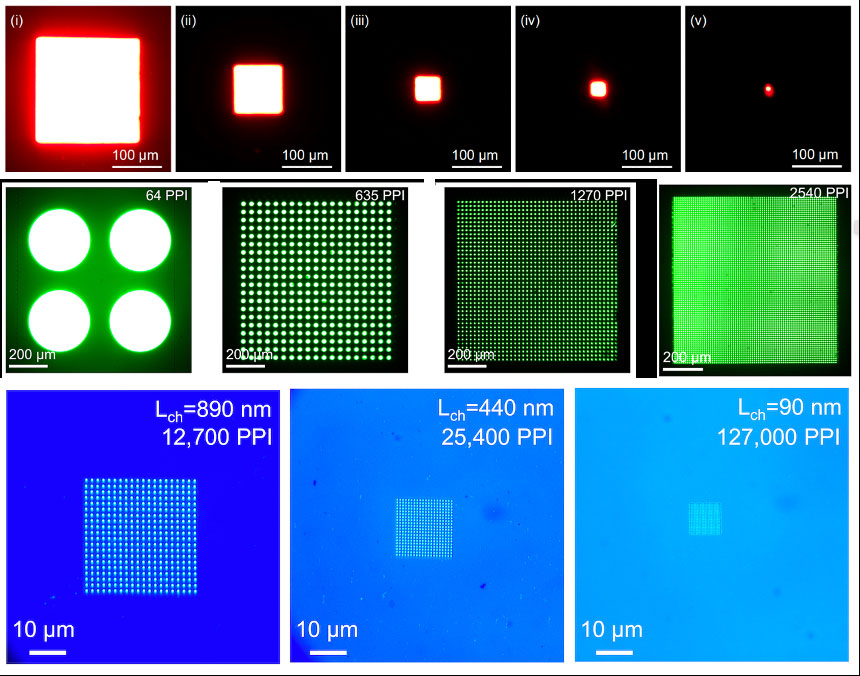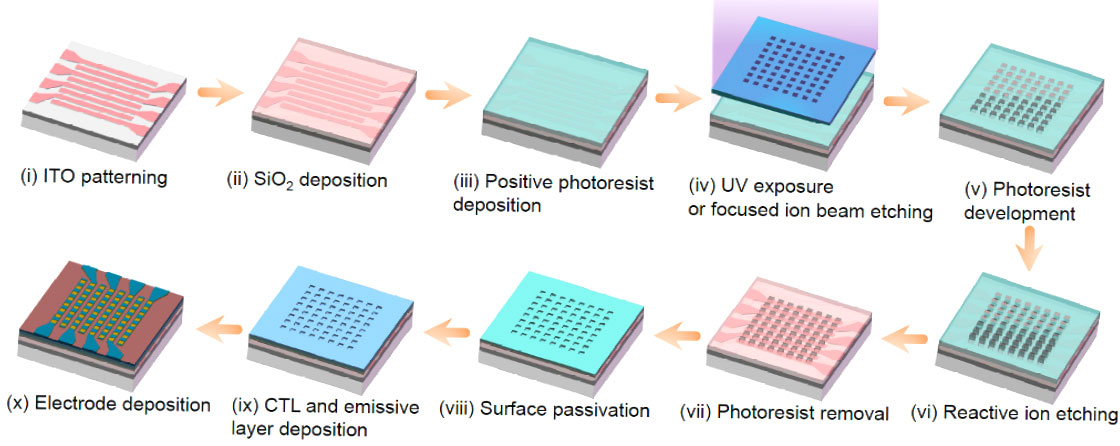New LED displays packing 90nm 'virus-sized' pixels can deliver 127,000 PPI visuals

Researchers have created pixels that are as small as a virus, or approximately 90nm in size. Claimed to be the "world's smallest LEDs," a blog post shared by Zhejiang University says that the new 'nano-PeLED' pixels can be packed close enough to create displays with a stunning 127,000 pixels per inch (PPI). Current micro-LED technology struggles with efficiency issues at pixel sizes below 10µm (about 111x larger than 90nm) which high-end AR/VR applications can benefit from.
Physicists, engineers, and photonics experts from the aforementioned Zhejiang University in China and the University of Cambridge in the UK collaborated on this advance, which is said to be reliant upon perovskite. Readers may be more familiar with this material due to its widespread use in solar panels. Here it is instrumental to the fabrication of the new nano-PeLEDs.
Zhejiang University researchers highlight that the new micro- and nano-perovskite LEDs (micro/nano-PeLEDs) could become the "ultimate technology" in producing the tiniest pixels. There are a number of positive aspects to nano-PeLEDs which should propel take-up of this technology. For example, it is claimed that these new LEDs are more economical to make than LEDs reliant on other technologies, perovskite tech is claimed to deliver higher efficiency, and we have the headlining incredibly tiny LEDs that it makes possible.

"Currently, the most advanced technology for display applications is micro-LEDs… based on III-V semiconductors," said Prof. Zhao Baodan of Zhejiang University. Baodan explained that these micro-LEDs have been popular in cutting-edge augmented reality (AR) and virtual reality (VR) applications. However, in these applications, smaller is still better, and pixel sizes smaller than 10 micrometers are desirable for high-end AR/VR applications with ultra-high resolutions. This is where nano-PeLEDs can step in, as "the efficiency of micro-LEDs drops rapidly" when the pixel sizes go below that threshold.
The researchers also gave some insight into creating these microscale perovskite LEDs. "Conventional photolithographic processes are not suitable for the direct patterning of the perovskite layers – it would damage the perovskite materials, so that we have to pattern the other functional layers instead," explained Lian Yaxiao, one of the authors of the paper, recently published by Nature. If you are interested in this technology and want to go deeper, we recommend you follow that link.

Last but not least, there is the eternal question of commercialization of such breakthrough technology. The scientists have already started to work with LinkZill, a Hangzhou-based tech company commercializing thin-film transistor (TFT) technologies, to create a programmable circuit to drive the new displays. They also have a prototype active-matrix micro-PeLED display "driven by a TFT backplane, [and] capable of showing complex images and video clips."
Get Tom's Hardware's best news and in-depth reviews, straight to your inbox.

Mark Tyson is a news editor at Tom's Hardware. He enjoys covering the full breadth of PC tech; from business and semiconductor design to products approaching the edge of reason.